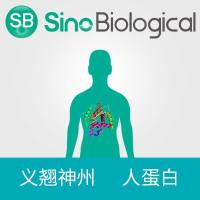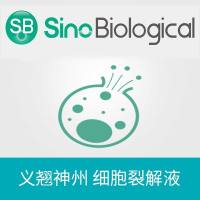Overview of In Vitro Models in Developmental Toxicology
互联网
237
In vitro methods used to study the modes of action of developmental toxicants range in biological complexity from cell monocultures to the culture of intact viable conceptuses. Primitive methods were static in nature and generally failed to provide for the adequate transfer of oxygen and nutrients to the cells and tissues being cultured. Modern methods have improved on these deficits to allow growth of cells, tissues, and whole conceptuses at rates that mirror those seen in vivo. The experimental challenges encountered with in vitro studies are also not unlike those seen in vivo where scale, accessibility, and developmental timing continue to persist as significant challenges. In vitro models have advantages in the ability to control environmental conditions and the direct exposure to toxicants so that specific effects on cell growth, differentiation, and morphology can be assessed directly in cells that have retained a sufficient degree of pluripotency. In vitro methods range in biological complexity from primary and immortalized cell cultures, organ and tissue cultures, and whole embryo cultures using intact, viable conceptuses explanted from a variety of species. Different experimental approaches are used for the various stages of development and cover the spectrum from preimplantation, periimplantation, and on to postimplantation periods of development.








